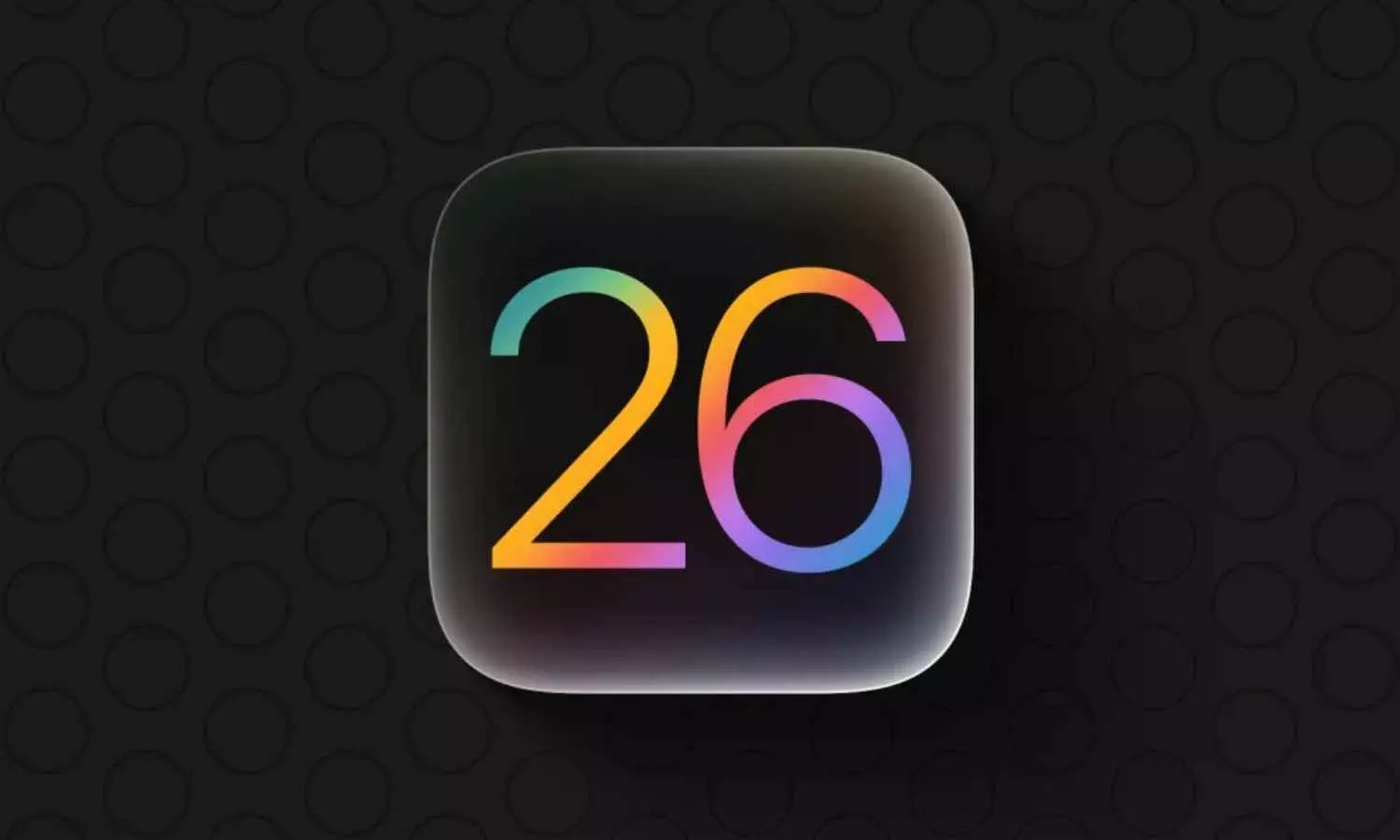Apple to Rebrand Operating Systems with Year-Based Naming Starting with iOS 26
Apple is reportedly planning to shift its operating system naming convention to a year-based system, starting with iOS 26, aligning version numbers with calendar years for consistency across platforms.
Apple to Rebrand Operating Systems with Year-Based Naming Starting with iOS 26

Cupertino, California: Apple is gearing up for a major overhaul in how it names its operating systems, with insiders hinting that the tech giant could start labeling future iOS, macOS, and other platform updates based on calendar years rather than traditional version numbers. If the change goes through, Apple fans could soon see “iOS 26” instead of the expected “iOS 19.”
This strategic move is expected to debut at Apple’s annual Worldwide Developers Conference (WWDC) in June 2025, alongside a significant redesign of the iOS interface—one that may take visual cues from the company’s newer operating system, visionOS.
Why the Shift?
Apple’s shift toward year-based naming seems rooted in a broader effort to:
Streamline brand clarity across its platforms.
Improve user perception and ease of understanding for consumers.
Align software naming with release cycles, much like the auto industry (e.g., a 2026 model releasing in late 2025).
For a company that thrives on tight hardware-software integration, a naming system tied to the calendar year could help reinforce the perception of timeliness and relevance, especially as users juggle updates across multiple Apple devices.
Ecosystem-Wide Impact
If implemented, the new naming convention would not be limited to iOS. It could expand across:
macOS
iPadOS
watchOS
tvOS
visionOS
This change also signals Apple’s continued focus on long-term brand consistency, especially as it grows its service and hardware lineup. From a developer and marketing standpoint, year-based naming simplifies lifecycle planning and gives end-users a better sense of software age and device compatibility.
What's Next?
All eyes are now on WWDC 2025. With expectations of design overhauls, new AI features, and cross-device integration improvements, this year’s event could mark more than just a software update—it may redefine how Apple evolves its platforms in the decade ahead.

